Before we learn about the Nebulae formation, you first need to know that the space is vast. Though it looks empty, scientists believe there is a presence of dark matter. In the star system between the star and another celestial object in that star system, this space has nitrogen, hydrogen, and other plenty of gases floating around. They are very dispersed and because of that space seems empty.
Types of Nebulas
Nebulas form in these empty spaces in the star systems. There are five types of Nebulas.
1. Emission Nebula
2. Reflection Nebula
3. Dark Nebula
4. Planetary Nebula
5. Supernova Remnants
These Emission, Reflection, and Dark Nebula are kind of similar. Let’s see how all these Nebulas form.
How Nebulas are formed?
Formation of Emission, Reflection, and Dark Nebula
The nebulas form from gas and dust. This gas and dust are not yet captured by the gravity of any celestial object. This gas and dust seem insignificant but over millions and millions of years, they clump together and form a nebule.
The hydrogen and nitrogen and other material start to collide with each other and over time these object starts getting gravity and the clumping of these gas and dust start to form a star.
Gas and dust then reflect or obstruct the light that these stars are emitting. According to that classification of emission, reflection, and dark Nebula type is done.
Emission Nebula
Emission nebulae are clouds of ionized gas that emit light at specific wavelengths. They are often around hot, young stars and can appear pink, red, or orange in color. The most common and popular emission nebula everyone knows is the Orion Nebula.
It is located in the Orion constellation and is one of the brightest nebulae visible to the naked eye.
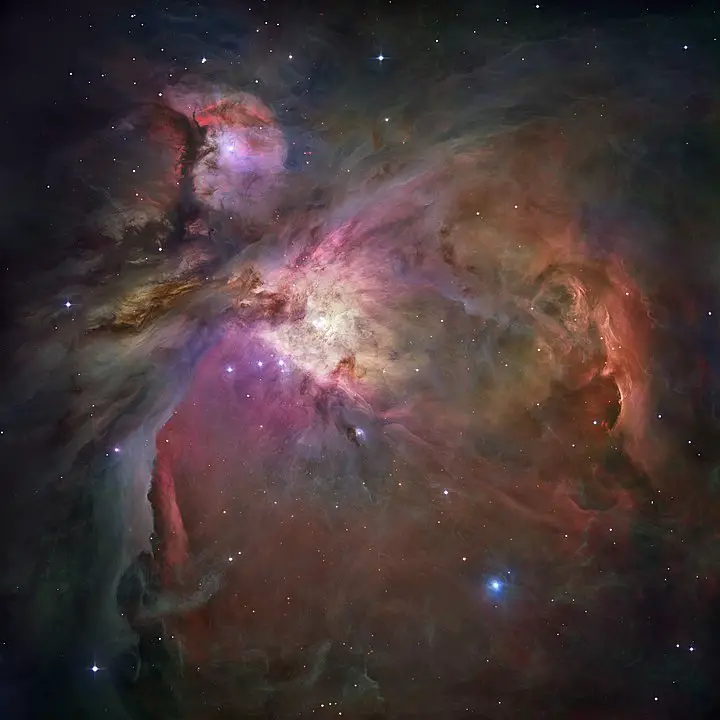
Reflection Nebula
Reflection nebulae, on the other hand, are clouds of dust that reflect the light of nearby stars. They appear blue in color due to the scattering of light by the dust particles.
A stunning blue reflection nebula surrounds the Pleiades or Seven Sisters star cluster. The dust particles in the nebula scatter light, giving rise to the “Blue Snowball” nebula’s name.
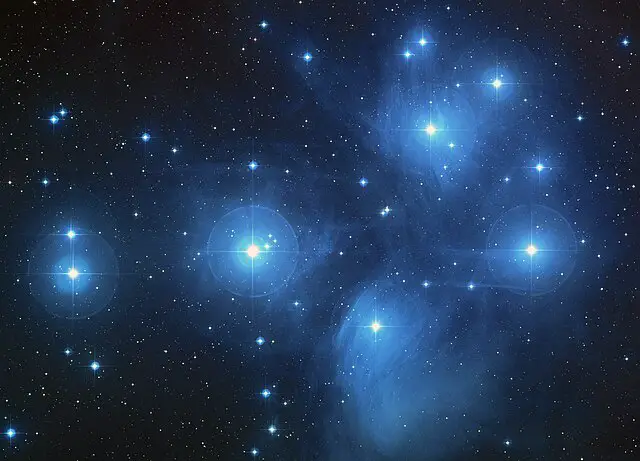
Dark Nebula
Dark nebulae are dense clouds of gas and dust that obscure the light of the stars behind them. They are usually not visible to the normal eyes and look like a silhouette against brighter background stars or nebulae.
The Horsehead Nebula is a famous example of a dark nebula. Its location is in the Orion constellation and has a name for its distinct horse-head shape. It is a cloud of gas and dust that obscures the light from the background stars.
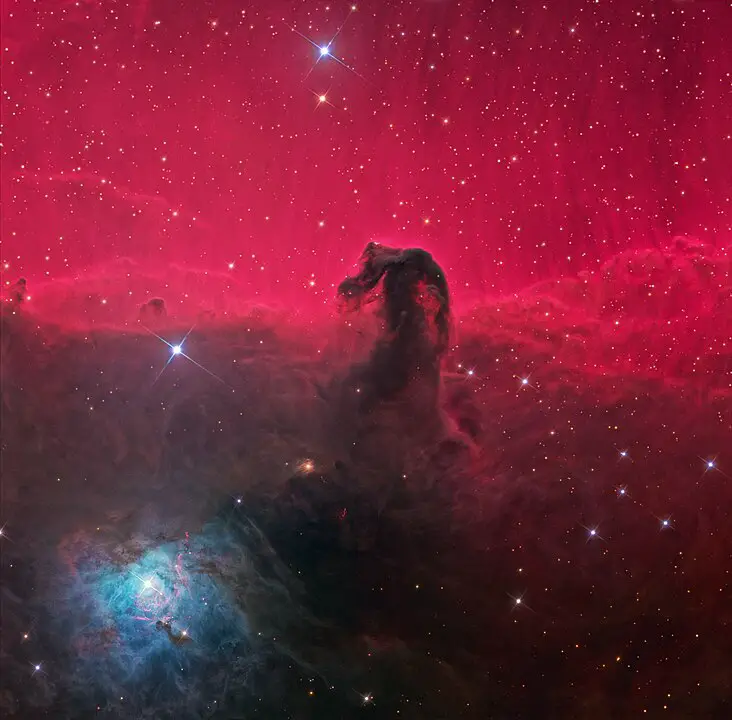
Formation of Planetary Nebula.
A planetary Nebula forms from a dying star. When our sun will run out of fuel, it will become a red giant star. When it becomes a red giant star it will start shedding its outer layer into space.
The outer layer of the star drifts away and forms a shell of gas and dust around the white dwarf star. This shell of gas and dust we see is a planetary Nebula. Planetary nebulae come in a variety of shapes and sizes, from roughly spherical to highly irregular. Some have intricate and complex shapes, such as the Butterfly Nebula or the Ring Nebula.
Planetary nebulae play an important role in the enrichment of the interstellar medium with heavy elements such as carbon, nitrogen, and oxygen, which are essential for the formation of new stars and planets. They also provide astronomers with valuable insights into the final stages of the life cycle of low to intermediate-mass stars like the Sun.
The name planetary nebulas is given because they were once thought to look like planets when viewed through a telescope. They have nothing to do with planets.
The Ring Nebula is a classic example of a planetary nebula. It is located in the constellation Lyra and is about 2,000 light years away from Earth. This Nebula is a result of when a star similar to the Sun ran out of fuel and ejected its outer layers, leaving behind a hot white dwarf star in the center.
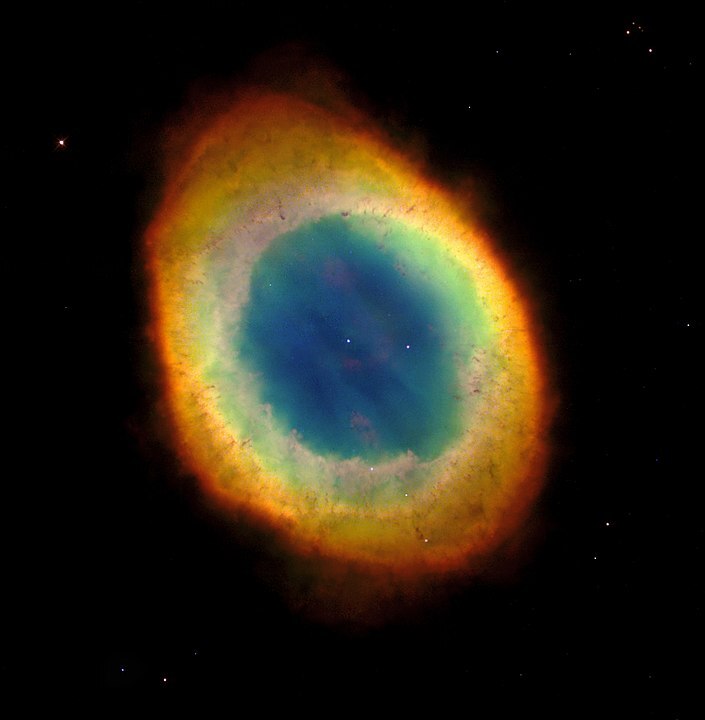
Formation of Supernova remnants
When a massive star comes to the end of its life because it runs out of its fuel for nuclear fusion or the star is so big that it collapses under its own gravity.
The usual death of these stars is with a violent explosion. These explosions are so big that they destroy any other planet or celestial object in the vicinity of these stars. Depending on the magnitude of these explosions. These massive explosions of these stars are called a nova or supernova.
The explosion creates a shock wave that travels outwards, pushing the surrounding interstellar medium outwards as well. This creates a rapidly expanding shell of gas and dust, which is what we see as a supernova remnant.
These supernova remnants have wide shapes and sizes. These shapes and sizes depending on the properties of the exploding star. The Crab Nebula has some structure and exhibits intricate filamentary and shell-like structures. While others, such as Cassiopeia A, are more chaotic and diffused. These supernova remnants are the major source of cosmic rays in the universe.
The Crab Nebula is a well-known example of a supernova remnant. It is the remnant of a supernova that was observed and recorded by Chinese astronomers in 1054 AD. The explosion was so bright that it was visible during the daytime for several weeks. Nowadays, the Crab Nebula is a fascinating object for astronomers to study, as it provides a glimpse into the processes involved in supernova explosions.
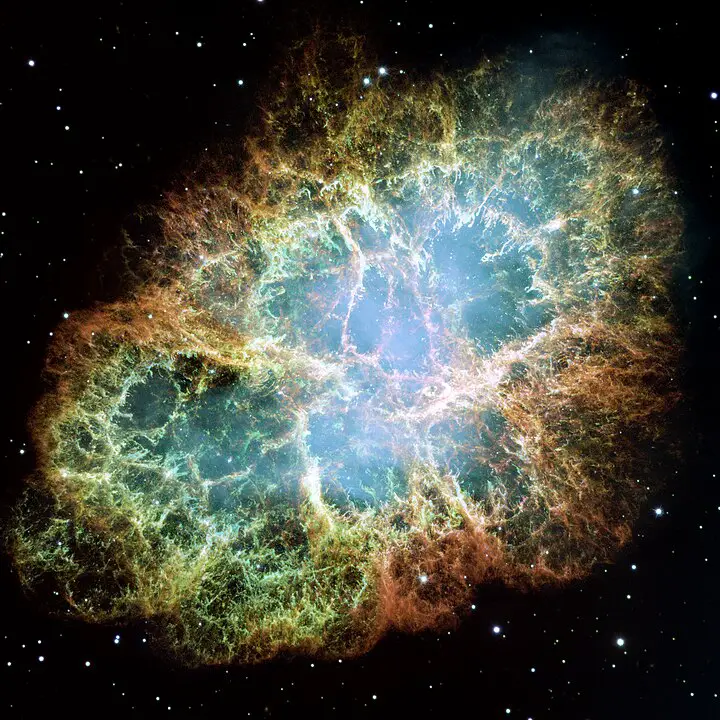
We hope you enjoyed learning about different types of Nebulas and their formation. Check out the astronomy section for more mysteries of the universe.





